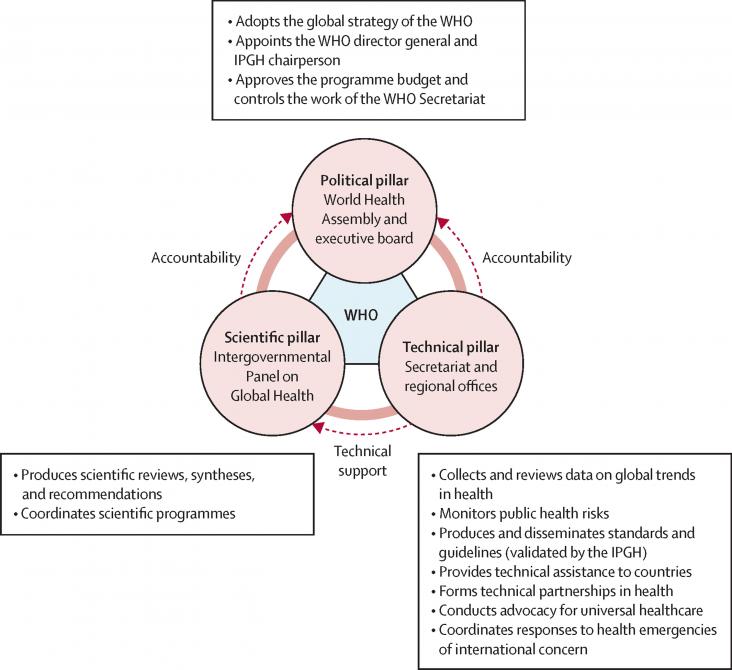
This Comment article supports SDG 3, 13, and 17 by advocating the creation of a new model of multilateral governance on the basis of the experience gained in two other areas of global public goods governance—climate change and biodiversity.
Factors that influence the risk of neurocognitive decline and Alzheimer's disease (AD) may provide insight into therapies for both disease treatment and prevention. Although age is the most striking risk factor for AD, it is notable that the prevalence of AD is higher in women, representing two-thirds of case. The role of estrogen replacement therapy in reducing the risk of cognitive decline as well as dementia-related morbidity and mortality remains an active area of research. This perspective presents a testable working model of estrogen's relation to cognition with novel effect modifiers, including the degree of cholinergic dysfunction and the availability of choline from endogenous and exogenous sources. It also shows novel routes of investigation related to estrogen replacement and its interactions with menopausal timing, cholinergic signaling, and the influence of the endogenous (i.e., common PEMT variants) and exogenous (i.e., dietary) choline supply on cognitive function and risk of age-related cognitive decline and dementia.
A good paper looking into water quality in Kenya and how water companies needs to improve on the water quality chemically by adjusting the Calcium and Alkalinity concentration

A News article on the unfolding health and humanitarian crisis due to the conflict in Ukraine, in the context of SDGs 3 and 16, focusing specifically on the health of displaced citizens.
Do immigrants suffer extra mental health problems? Is there a way to improve the mental health of first and second generation immigrants?
Explores connection between airline pilots' fatigue and their mental health, with implications for safety.
The sequence diversity of HIV-1 is the biggest hurdle for the design of a prophylactic vaccine. Mosaic (Mos) antigens consisting of synthetically shuffled epitopes from various HIV-1 strains are currently tested in the clinical vaccine trial Mosaico (NCT03964415).
Advances in science have ushered in a wave of new potential curative and control strategies for HIV that could eliminate the current requirement for life-long antiretroviral therapy (ART) for people living with HIV (PLWH). In this article, we argue that it is critical to consider social contexts in the development of HIV cure trial protocols.
This Article support SDGs 3 and 5, focusing on assessing outcomes in premenopausal women with oestrogen receptor positive breast cancer receiving ovarian suppression, in particular comparing tamoxifen versus aromatase inhibitors in this population.

International Women's day is celebrated every year on 8 March and this year's theme is “Gender equality today for a sustainable tomorrow”, recognizing the contribution of women and girls around the world, who are leading the charge on climate change adaptation, mitigation, and response, to build a more sustainable future for all. Elsevier has collated a freely available special issue of book chapters and journal articles to celebrate and highlight International Women's Day.
